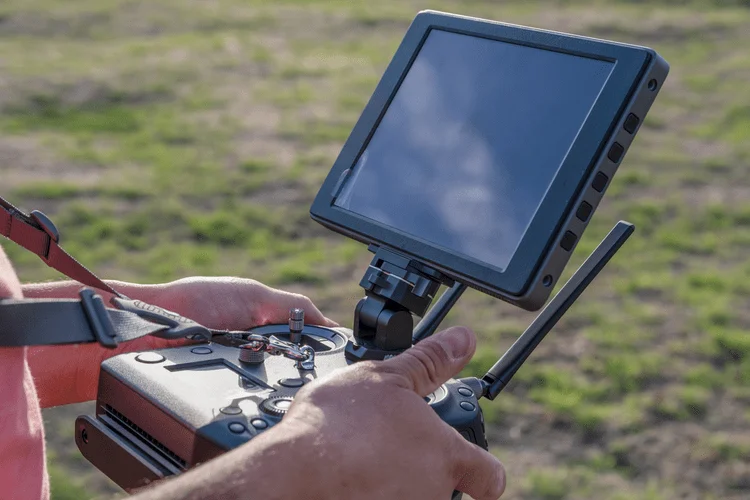

30 6 月, 2021
In the matrix, the developer could click on “Fill in personal patient data” to navigate to this artifact and perform the appropriate act to keep the traceability consistent. This screen shows how the tracing model was generated in the tool. Firstly, clicking on an element traces all elements related to that element.
One of the most commonly used techniques is the traceability matrix . More challenging issues are how to maintain consistency in the TMs required for the target models in case of changes in the source models and the implications that changes in the target models may have for the source models. It is always possible to completely regenerate target models and TMs, but this solution is neither economic nor possible if the target models have been adjusted.
It is therefore necessary to continue working to improve the results in order to meet challenge 3 (Ch.3. Return of investment measurement) cited in “Materials and Methods”. Models of each phase are connected to other models of the same phase and to models of other phases—these are the horizontal and vertical traces mentioned earlier. These rules have now been specifically established and hardcoded within the tool. 4 which, to aid readability, shows only a representative excerpt of models corresponding to the Software Definition phase and a limited number of relationships.

The proposed approach makes it possible to create, maintain and manage traces as a by-product of model-driven development processes. Its integration in a particular MDE process requires the appropriate tool support, and has already been validated for the NDT methodology and tool suite. In this regard, it can be confirmed that MDE provides solutions for challenges Ch.1. Tool support for trace model maintenance, cited in “Materials and Methods”. This paper also demonstrates how the approach implements the automatic tracing of information; a task critical for information fusion. Model-Driven Engineering techniques are mainly used for the automatic generation of code in the software development process (Hutchinson et al., 2011).
These were derived by transformations from prototypes and provide trace links between design and software conception. Each context model consists of a set of traceable elements, while a tracing model is the set of trace links. ContextModel is therefore specified as a composite of TraceableElement, and TracingModel as a composite of TraceLink and TraceRule. At this point, it would be useful to illustrate the importance of traceability with an example application from the iMedea project, a software solution for clinical history management in human reproduction environments. Tracing of requirements to the level of testing in relation to the levels of documentation (e.g. test plan, test design specification, the specification of test scenarios and specification of test procedures and automated test script). This work has designed a quality framework for JIT requirements and instantiated it for feature requests in open source projects, and used it to assess 550 feature requests originating from three Open Source Software systems.
If this relationship is broken, an error is therefore caused. When this happens, the user could automatically navigate to a support panel that helps them to find and understand the error and to solve it. The quality control plug-in verifies that each Change is performed according to the TraceRule; it also generates Error and Warning.
The practical and project-related levels are presented later, in the Tool Support for Model-Driven Traceability section. In the first phase, prototypes are defined and, from these prototypes use cases can be generated. From the use cases, the methodology allows functional test cases to be generated. If the team detects an error or a problem in a functional test case, they can trace it back and find which user validated the prototype in the Software Conception phase. In this regard, trace generation is automatic and trace management is semiautomatic, since the team needs to intervene to find a solution for any traceability problems that are detected. It can thus be concluded that the application of the proposed traceability management approach is a task that has to be defined and implemented by the methodology expert.

Figure 4 includes Functional Requirements, Mockups, Functional Testing and IFM models. A relationship between two elements in the figure means that there is dependency between those two elements. One of them is the source and the other is the target of the trace. For instance, the relationship marked with a number https://www.globalcloudteam.com/ 5 means that the use cases are directly related to functional tests, and that a TraceLink (see Fig. 4) should exist between them. Traceability management comprises the creation and maintenance of tracing models. Maintenance refers to changes in the models of the different software development phases.
The NDT tool was used in the project to develop a functional module for defining a control panel involving parameters for echo definition. The requirements specification of this module comprised 30 use cases and more than 200 activities. The development team was made up what is horizontal traceability of about 15 people and each result had to be validated with the general project team. Any change during product definition or validation was therefore critical and a great effort was needed to manage the specific aspects affected by each change in the overall system.
Secondly, the tool displays TraceLinks in a way not specifically oriented to each artifact, thus offering a global trace matrix that shows how all the sources are related to all the targets. The tool can be configured to select a set of sources and a set of targets. In this example, relationships between UIStep and TestUIStep were selected.
If it is OK, the TestUIStep “Creation Anamnesis” is created, together with a TraceLink object that stores this relationship (denominated StepTL in Fig. 7). The same process is performed several times, depending on the loops and decisions for each activity in the activity diagram. Functional Testing, which was automatically derived from the functional requirements by transformations and offered a first validation of the requirements. Mockups, to represent the screens of the system to be built.

This approach can also be useful for information fusion in industry insofar that it facilitates data traceability. Here, the proposed traceability management approach is illustrated in the functional requirement “Anamnesis creation”, although the same approach was used for all the system’s requirements. The first time a patient attends a clinic, a set of standardized data corresponding to that patient’s clinical history is collected.
In contrast, the approach proposed in the present study has been used in several real software development projects. A systematic evaluation is not included in this paper as it is still work in progress. Kassab, Ormandjieva & Daneva consider the tracing not only of functional requirements but also of non-functional requirements . Their metamodel includes metaclasses for both types of requirements and their associations, but metaclasses for change management are missing. Instead, they opt for XML-based representation and XQuery implementation for traceability management.
Input your search keywords and press Enter.
